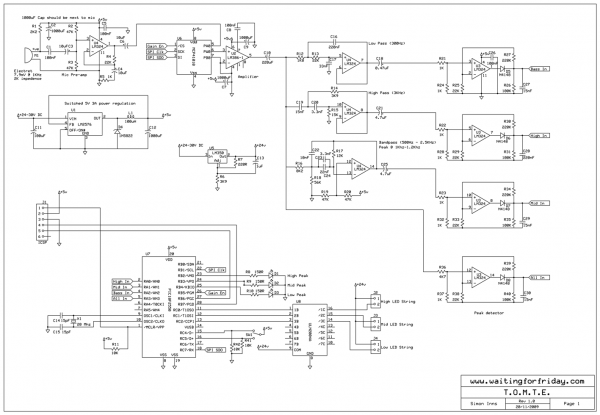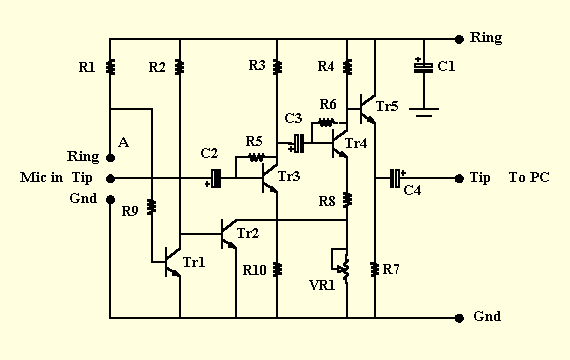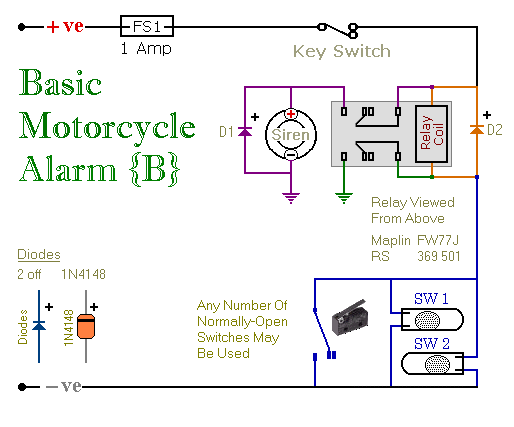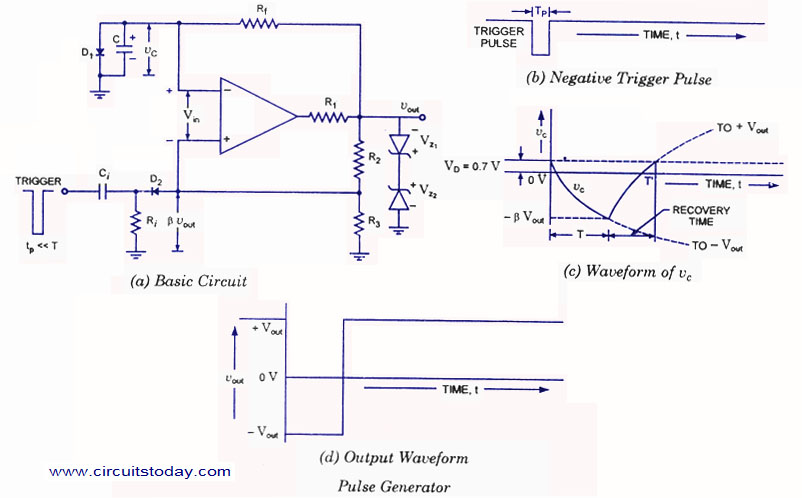
One simple second pulse source circuit

The circuit comprises a single-junction transistor VTi, a resistance Ri, a potentiometer RP, and a capacitor C, forming a relaxation oscillator and an amplifier transistor VTz. The adjustment potentiometer RP allows for changing the relaxation oscillation frequency, providing a time base pulse ranging from 0.1 to 15 seconds. The output square wave pulse from VTz is amplified and serves as the input signal for the time counter.
The described circuit operates as a relaxation oscillator, utilizing the single-junction transistor VTi to generate a time-dependent output. The resistor Ri plays a crucial role in setting the base biasing of VTi, while the capacitor C charges and discharges, creating oscillation. The potentiometer RP is integral to frequency adjustment; by varying its resistance, the charge and discharge time of capacitor C is modified, thereby altering the frequency of the oscillation. This allows for a flexible output pulse width, enabling the system to produce time base pulses between 0.1 seconds and 15 seconds.
The output from the relaxation oscillator is fed into the amplifier transistor VTz, which boosts the signal strength of the generated square wave pulse. This amplified output is critical for driving subsequent circuits, such as a time counter, ensuring that the pulse is adequately strong to be detected and processed. The overall design is efficient for applications requiring variable timing signals, making it suitable for timing applications in various electronic systems. The simplicity of the components involved allows for easy assembly and adjustment, making it a practical solution for generating controlled time intervals.It consists of single-junction transistor VTi, resistance Ri, potentiometer RP, capacitor C consisting of relaxation oscillator and amplifier transistor VTz. Adjustment potentiometer RP, can change the relaxation oscillation frequency to give 0. 1 ~ 15s time base pulse. After this pulse by VTz amplified output square wave pulse, as the time counter input signal.
The described circuit operates as a relaxation oscillator, utilizing the single-junction transistor VTi to generate a time-dependent output. The resistor Ri plays a crucial role in setting the base biasing of VTi, while the capacitor C charges and discharges, creating oscillation. The potentiometer RP is integral to frequency adjustment; by varying its resistance, the charge and discharge time of capacitor C is modified, thereby altering the frequency of the oscillation. This allows for a flexible output pulse width, enabling the system to produce time base pulses between 0.1 seconds and 15 seconds.
The output from the relaxation oscillator is fed into the amplifier transistor VTz, which boosts the signal strength of the generated square wave pulse. This amplified output is critical for driving subsequent circuits, such as a time counter, ensuring that the pulse is adequately strong to be detected and processed. The overall design is efficient for applications requiring variable timing signals, making it suitable for timing applications in various electronic systems. The simplicity of the components involved allows for easy assembly and adjustment, making it a practical solution for generating controlled time intervals.It consists of single-junction transistor VTi, resistance Ri, potentiometer RP, capacitor C consisting of relaxation oscillator and amplifier transistor VTz. Adjustment potentiometer RP, can change the relaxation oscillation frequency to give 0. 1 ~ 15s time base pulse. After this pulse by VTz amplified output square wave pulse, as the time counter input signal.
Warning: include(partials/cookie-banner.php): Failed to open stream: Permission denied in /var/www/html/nextgr/view-circuit.php on line 713
Warning: include(): Failed opening 'partials/cookie-banner.php' for inclusion (include_path='.:/usr/share/php') in /var/www/html/nextgr/view-circuit.php on line 713





